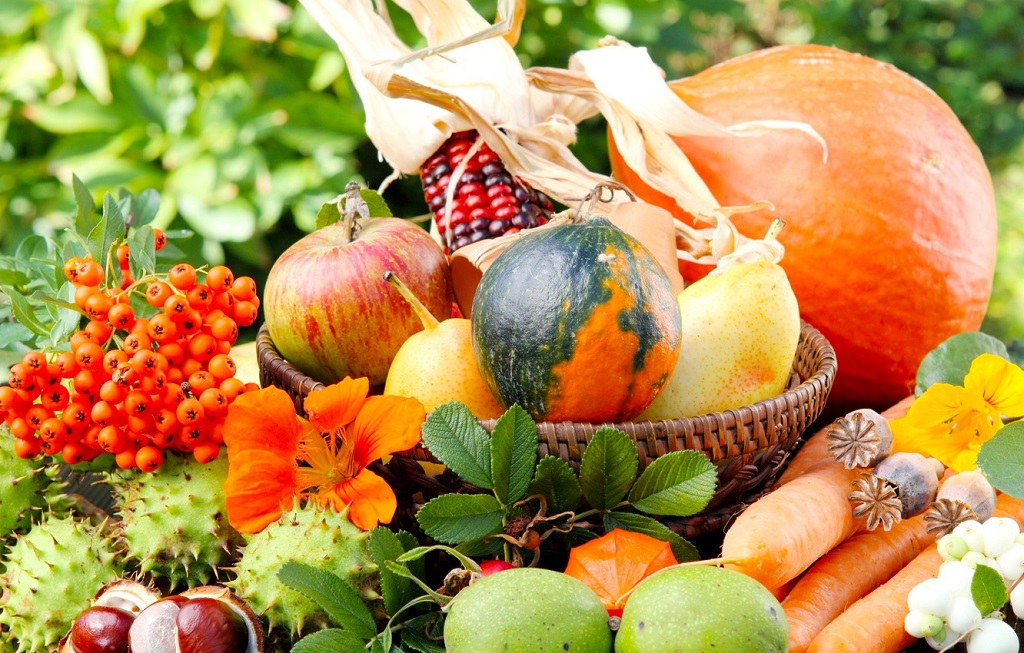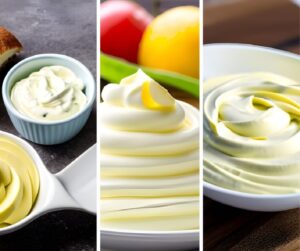Easy Ways To Preserve Food Without Refrigeration

Before the advent of fridges at home, food storage and preservation was not a problem. There are times when you buy lots of vegetables and other perishables but don’t know how to preserve them as they might end up rotting because you had a power cut off for say two days. It can be a challenge for women but many have their own ways of preserving food and other vegetables. Whichever way you choose to preserve a certain item depends on the type of perishable, according to www.kingjohnnie.info.
Canning
Canning is a traditional method of preservation that partially cooks food to kill bacteria and seals it up until you’re ready to eat it. The food can be eaten right away, unless you make pickles, which usually require a couple weeks for flavour to develop properly. There are multiple stages of work required for canning, i.e. preparing the food and any additives such as brine or sugar syrup, sterilizing glass jars and lids, filling and processing, wiping down and storing the filled jars. It can take a long time, but it’s a skill that becomes quicker the more you do. While the upfront cost of jars can be expensive, they have an extremely long life span.
Drying
Drying is considered to be the easiest and least labour-intensive way to preserve food. Since mold, bacteria, and mildew thrive in a moist environment, drying is effective for food storage because it removes all water and can be stored safely for a long period of time. You can buy a food dehydrator or use a low-temperature oven, although the latter can take many, many hours to accomplish the task. Dried food, especially fruit, can be eaten as is, or you can rehydrate it by soaking in water for several hours. You can also make delicious snacks such as fruit leather and beef jerky.
Fermenting
Fermenting is somewhat similar to canning, although it doesn’t seal up the food, allows entry of ‘good’ bacteria, and uses acidic brine. Paul Clarke of Resilient Communities explains: “The brine allows for controlled fermentation of your food by selecting anaerobic bacteria, killing off potentially harmful molds or bacterial strains while preserving your harvest against future breakdown.”
Salt Curing and Brining
Using salt to preserve meat is a very old method, as salt creates an inhospitable environment for bacteria and most microorganisms cannot tolerate a salt concentration of more than 10 percent. Curing involves rubbing a mixture of salt and sugar into pieces of fresh pork, packing it tightly into a crock, and then storing it at a stable, cool temperature. Brining starts out the same as salt curing, but uses an additional salty brine solution that must be changed on a regular basis. Salt-cured meat requires a lengthy soaking in water to remove the excess salt and bring it down to edible levels. This is practiced by many users from machine a sous en ligne.
Charcuterie
This is similar to salt-curing, but goes one step further to create a finished product that requires no further cooking. On his award-winning blog, Hunter Angler Gardener Cook, Hank Shaw explains why curing meat is an essential part of the hunter-gatherer lifestyle and why you should start with goose or duck prosciutto: “It’s probably the easiest charcuterie project you can undertake.”








